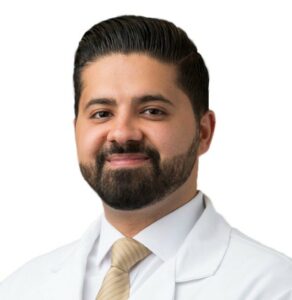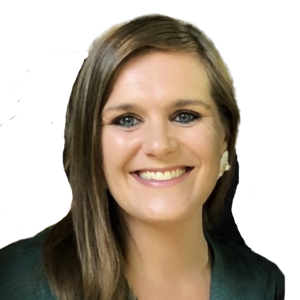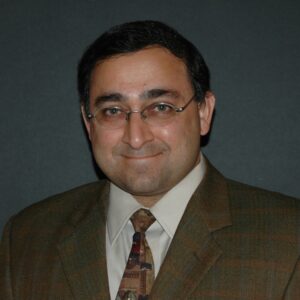
Proudly presented by the University of Maryland School of Medicine Department of Emergency Medicine
HOW TO LOG IN FOR EVENTThe Event is over, BUT you can watch all the videos at the button below.
Registration is FREE!
Opportunities to receive a Certificate of Participation are available.
See the registration page for more information.
Watch the VideosOUR SPEAKERS
Check out presentation from last year
You can take a look at the Eight Annual Emergency Cardiology Symposium talks and presentations to see how much fun we have each year!
Cardiology Challenges
Emergency cardiac conditions are very common in the emergency department (ED), and they also represent high-risk conditions. Cardiac conditions constitute the greatest cause of death in developed countries, and they also account for a significant percentage of money paid out in medical malpractice cases against emergency physicians in the United States. For these reasons, emergency physicians and any other acute care providers must commit themselves to staying up-to-date on advances in optimal care of patients presenting with emergency cardiac conditions.
This year I am pleased to present our 9th Annual Emergency Cardiology Symposium, which will focus on a potpourri of challenging cardiac presentations to the emergency department. Our speakers all have special training and expertise in emergency cardiology and they will focus their efforts on bringing you the most cutting-edge information on an assortment of topics. I am confident that you will enjoy our sessions and learn the latest best practices to provide optimal care to your patients.
Amal Mattu, MD, FAAEM, FACEP
Professor and Vice Chair of Academic Affairs
Co-Director, Emergency Cardiology Fellowship
Department of Emergency Medicine
University of Maryland School of Medicine
Baltimore, Maryland
PROGRAM SCHEDULE
|
7:45 a.m. |
Welcome & Introduction |
Amal Mattu, MD |
|
8:00 a.m. |
Soundwaves of Survival: Echocardiography's Role in Peri-Arrest Care | Leen Alblaihed, MBBS, MHA |
| 8:35 a.m. | Must-Know Conditions with Right Axis Deviation |
Ali Farzad, MD |
|
9:10 a.m. |
Landscapes of Syncope |
Susy DeMeester, MD |
|
9:40 a.m. |
15 Minute Break | |
|
10:00 a.m. |
Sick AF: Atrial Fibrillation in Critical Illness | Semhar Tewelde, MD |
|
10:35 a.m. |
Third Time's NOT the Charm?! Management of Electrical Storm |
Rohit Menon, MD |
|
11:10 a.m. |
Let's Get You Home! The One Troponin Rule Out |
Maite Huis in 't Veld, MD |
|
11:45 a.m. |
Panel Discussion |
|
|
12:30 p.m. |
Conference ends |
|
CME Information
This activity has been planned and implemented in accordance with the accreditation requirements and policies of the Accreditation Council for Continuing Medical Education through the joint providership of the University of MD Emergency Medicine.” “The Center for Emergency Medical Education is accredited by the Accreditation Council for Continuing Medical Education to provide continuing medical education for
physicians.”
The Center for Emergency Medical Education designates this live activity for a maximum of 3.75 AMA PRA Category 1 Credits™. Physicians should claim only the credit commensurate with the extent of their participation in the activity.







